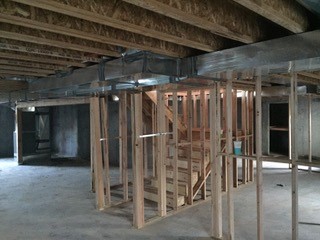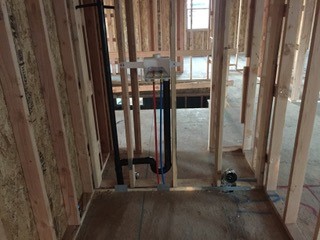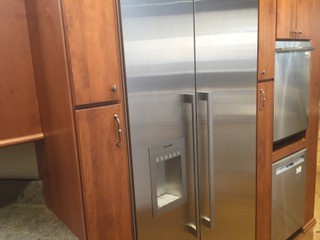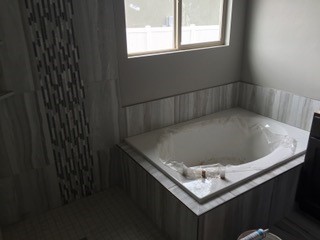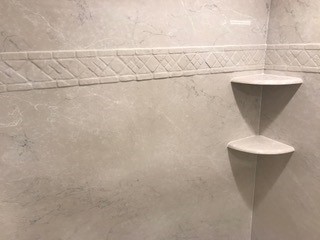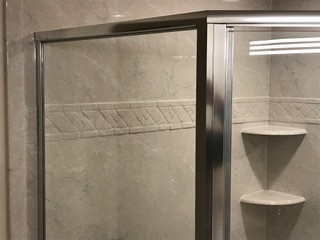
Call Smith Builders to set up a free estimate for your next project now: 801-647-7123.
Retrofitting existing driveways with heating systems is becoming an increasingly popular solution for homeowners in Provo, Utah, looking to enhance safety and convenience during the winter months. While installing a heated driveway in new construction is straightforward, retrofitting an existing driveway requires careful planning and execution. Here’s a guide for contractors on how to retrofit existing driveways with heating systems efficiently and effectively.
Assessing the Existing Driveway
1. Condition Check: The first step is to assess the condition of the existing driveway. Look for cracks, significant wear, and overall structural integrity. If the driveway is in poor condition, it may be more cost-effective to replace it entirely before installing a heating system.
2. Suitable Heating System: Determine which heating system is best suited for the retrofit: electric or hydronic. Electric systems use heating cables or mats, while hydronic systems circulate a heated water-antifreeze mixture through tubing. Each has its advantages, depending on the specific needs and constraints of the project.
Preparing for Retrofit
1. Removing the Existing Surface: To retrofit a heating system, the existing driveway surface needs to be removed. This involves breaking up the concrete or asphalt and clearing away debris. Contractors should ensure minimal disruption to surrounding landscaping and structures.
2. Insulation Installation: Before installing the heating system, it’s crucial to lay down insulation. This helps to direct heat upwards to the driveway surface, improving efficiency and reducing energy costs. Rigid foam insulation boards are commonly used for this purpose.
Installing the Heating System
1. Laying Heating Elements: For electric systems, lay the heating cables or mats evenly across the prepared surface. In hydronic systems, install the flexible tubing in a serpentine pattern. Ensure that the heating elements are properly spaced to provide even heat distribution.
2. Connecting to Power Source: Electric systems need to be connected to the home’s electrical system, while hydronic systems require a heat source such as a boiler. This step should be carried out by a licensed electrician or plumber to ensure compliance with local codes and safety standards.
3. Pouring New Concrete: Once the heating elements are in place, pour new concrete over them. Ensure that the concrete is evenly spread and properly cured to avoid damage to the heating elements. Contractors should use high-quality concrete mixes to ensure durability and longevity.
Testing and Commissioning
1. System Testing: After the concrete has cured, test the heating system to ensure it is functioning correctly. This involves checking for even heat distribution and ensuring that the controls and sensors are working as intended.
2. Troubleshooting: Address any issues identified during testing promptly. Common problems might include uneven heating, faulty wiring, or issues with the heating source. Ensure all issues are resolved before finalizing the project.
Maintenance and Support
1. Providing Instructions: Provide the homeowner with detailed instructions on how to operate and maintain the new heating system. This includes how to use the thermostat, when to activate the system, and basic troubleshooting tips.
2. Scheduled Maintenance: Recommend a schedule for regular maintenance to ensure the system continues to operate efficiently. This might include annual inspections and servicing by a professional.

Call Smith Builders to set up a free estimate for your next project now: 801-647-7123.
Retrofitting existing driveways with heating systems in Provo, Utah, offers homeowners a valuable solution for managing winter weather. By following a systematic approach—from assessing the existing driveway to installing and testing the heating system—contractors can deliver a reliable and efficient solution. Heated driveways not only enhance safety and convenience but also add value to the property, making them a worthwhile investment for homeowners.
Learn more about our Concrete Services or Contact Us for a free estimate on your next project:













































































